No matter how much you love your dog, eating a meal with him staring at you constantly or jumping up and stealing your food is not fun. Here are 15 tips to make your dog a better dinner guest.
#1 – Teach “leave it”
A leave it cue is great for getting your dog to leave you (and your food!) alone. A correctly taught leave it should mean that you only have to say it once, and then your dog won’t bug you again. It takes some practice, but it’s worth it.

#2 – Do mat training
Teaching your dog to stay on his bed or mat while you eat means he can’t be in your face begging or stealing your food. Again, it takes some time but it definitely will make meal times more pleasant.
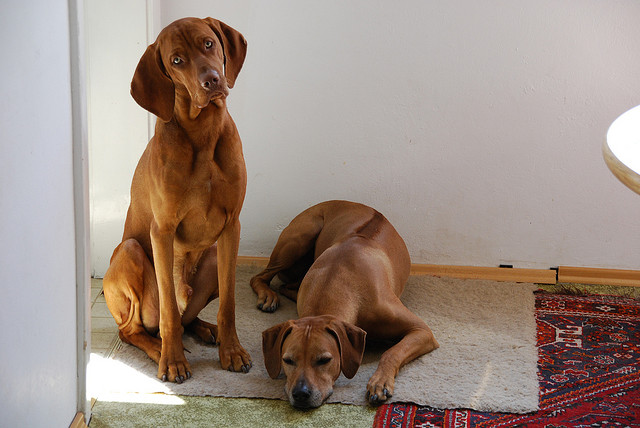
#3 – Feed your dog at the same time
Put your dog in his crate and feed him his meal at the same time. Both you can have relaxing dinner.
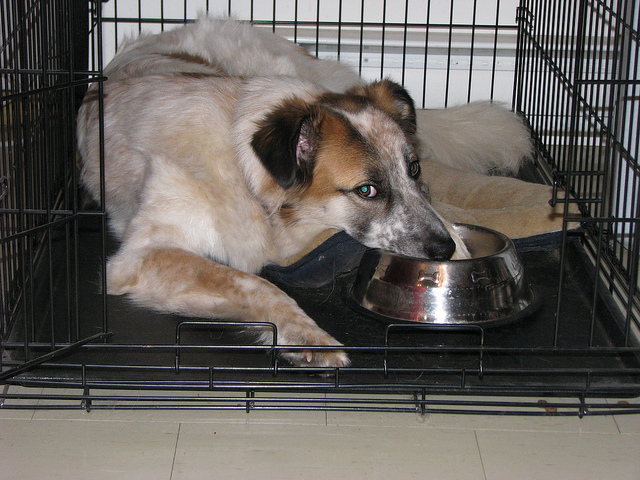
Click page 2 below for the next tips!
#4 – No scraps at the table
Don’t reward your dog for being a pest at the table by giving him scraps. Makes sure all your guests are aware of the rule too.
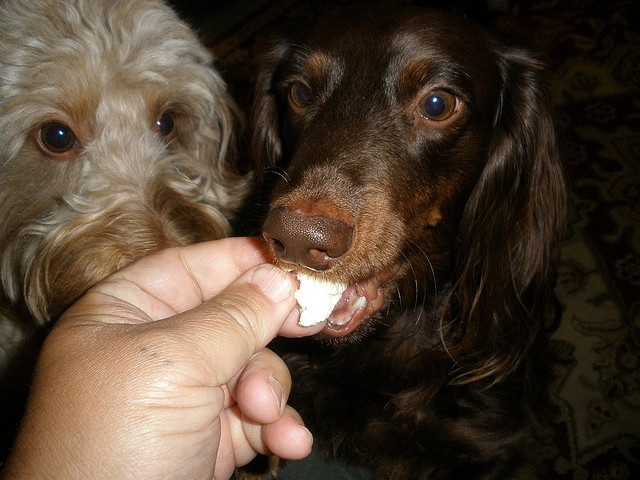
#5 – Reward for good behavior
Be sure to reward your dog if he is NOT begging. If he is rewarded for not begging and never gets treats for begging, than he will be less likely to beg in the future.
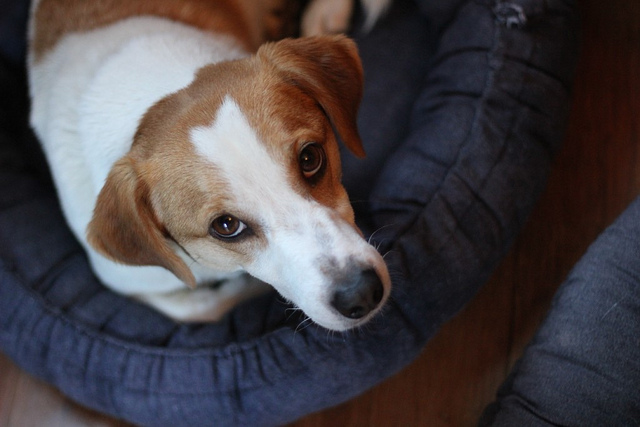
#6 – Keep food out of reach
While working on training, don’t leave food where your dog can steal it. Every time he is successful, the behavior will just get stronger.
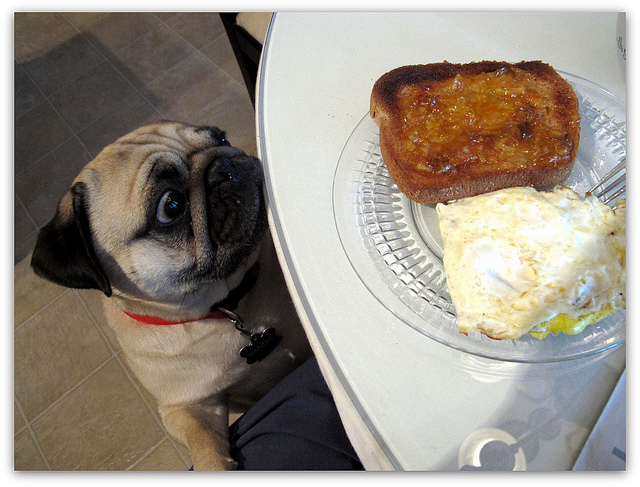
#7 – Give him a food toy
If you don’t crate your dog, give him his food in a dispensing toy, which will occupy him long enough for you to have a nice meal.
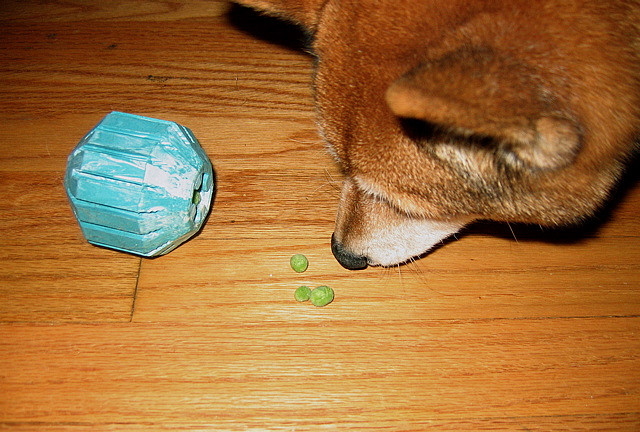
#8 – Teach “off”
For dogs that jump on your dining chairs or table, or for dogs that try to jump on your lap, teach an off cue. A cautionary note: there are dogs who figure out this system quickly and will jump on you so that you cue them to get off and then give them a reward. If you feel like your dog is abusing the system, start rewarding your dog only when he doesn’t jump at all, rather than after he has jumped and you have told him off.
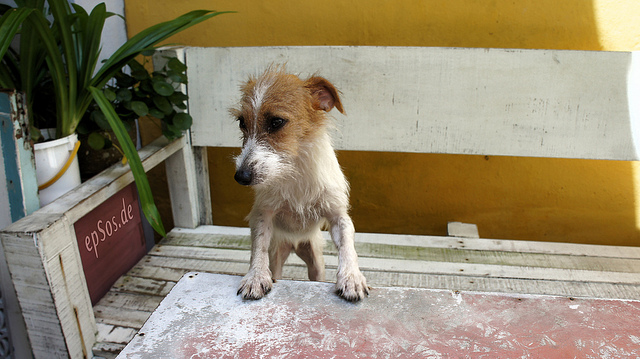
#9 – Exercise your dog first
Take a walk or play fetch before your meal. This way your dog may be more interested in sleeping than stealing your food.
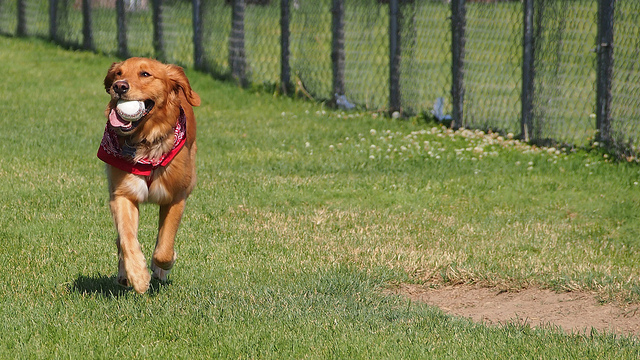
#10 -Use a tie-down
A tie-down is a great training device. It’s just a leash or a rope tied to something your dog can’t move. It’s not a punishment, but a way to limit his access to the table until he has learned manners. Give him a chewie bone, toy or his dinner. Reward him when he exhibiting calm behavior on the tie down. (This can be used in combination with mat training).
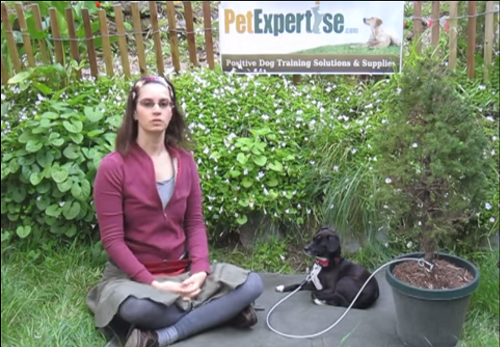
#11 – Remove him for bad behavior
If your dog is acting badly and disrupting dinner. Calmly remove him from the table. Leaving a leash on him can help with this. Then, either put him in another room, behind a an x-pen, or in his crate.

#12 – Watch the Kids
Kids are notorious for giving dogs food. Plus, they usually have food in their hands that dogs can jump and grab. If you leave a leash on your dog, you can step on it to prevent him from jumping at your kid’s food or and/or remove him quickly if necessary.
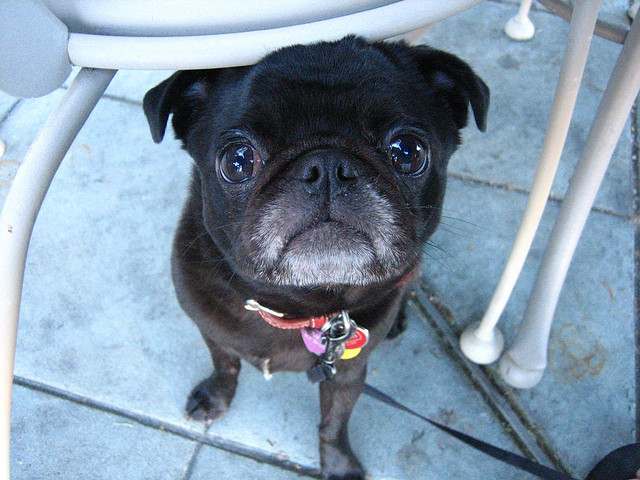
 Toledo, United States.
Toledo, United States.